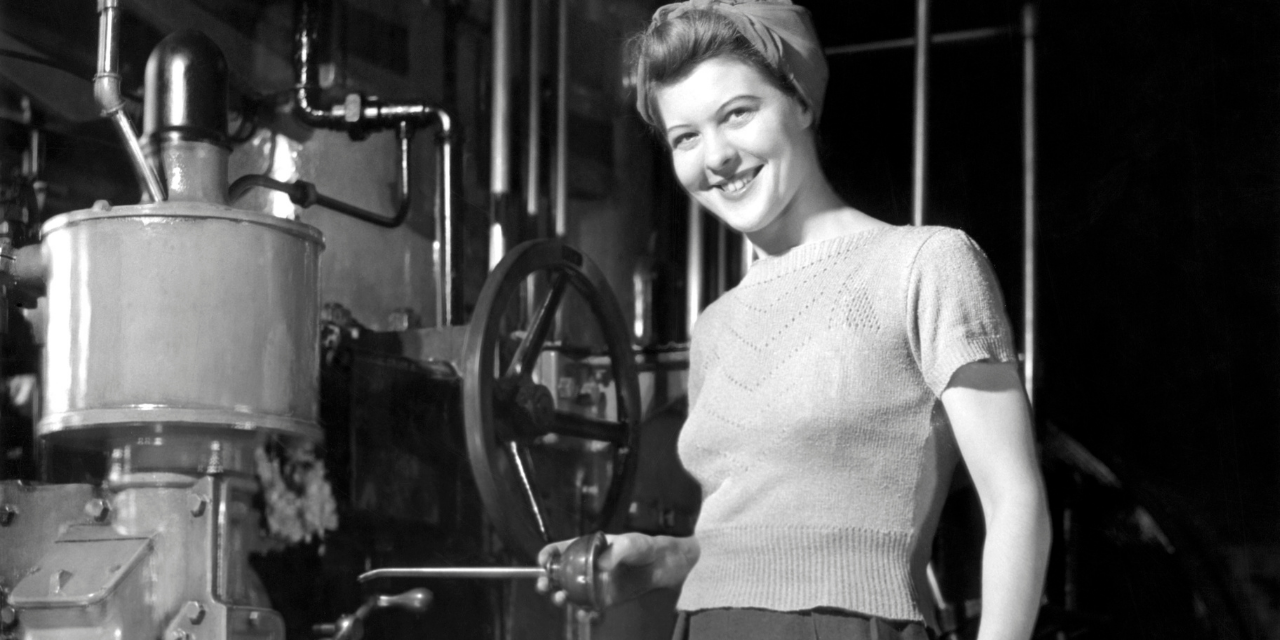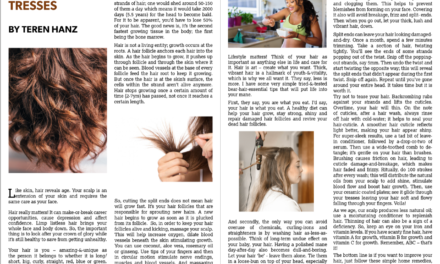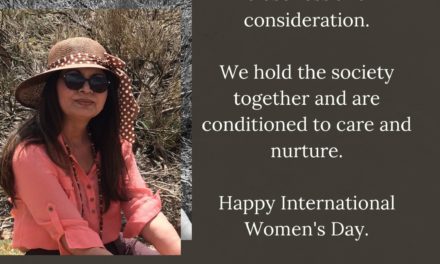It is time to raise awareness. Let’s not lose what we are and what we gain for what we are.
Women bring something unique to the table wherever they go; the priceless soft skills that women possess mobilise life at work and at home. Women are problem solvers. Their communication skills enable to create bond and form connections with people; they grease the wheels of communication with empathy and consideration. The concept of women helping other women while indicating just how powerful a force they can be together. Women excel in emotional intelligence; their leadership style strengthen the work ethics and ethos, build teamwork and enhance critical rational skills. Their unique sense of awareness allows them to pick up on smaller nuances while learning and understanding others around them. They are resilient which helps them manage themselves in a crisis.
In the past, it was normal that men would work and women would stay at home, do chores and raise kids. Women did not have access to education and had no say in the matters that impacted them the most. Their role in society was to be obedient wives and caring mothers.
Today, they continue to be the glue – a glue of togetherness and kindness; they hold the society together and are conditioned to care being organically predisposed towards nurturing. Their lives are devoted to developing who they are and contributing in whatever way they can.
On the note of contribution, between 1914 and 1918, the lives of millions of women in Britain were overturned by the first world war. The role of women in securing victory cannot be underestimated. One of the reasons that Germany lost the war in 1918 was that she never succeeded in fully mobilising her female population.
The First World War brought women into the workplace on a scale never seen before opening up new opportunities in the world of work and strengthening their case for the right to vote.
Did you know, accounts of young men volunteering in 1914 are accompanied by a note to the effect that women too did their bit, by serving as nurses, as tram drivers, or as munition workers.
Women worked as drivers and conductresses on buses, trams and underground trains. Between 1914 and 1918, an estimated two million women took on jobs which had been previously been filled by men,
And, how many of us know that of the volunteers who signed up in August and September 1914, it was women, not men, who were first out to the war zone?
Over 100,000 volunteered for the Women’s Land Army, disrupting the gender customs of rural Britain. While others registered in the Women’s Royal Naval Service, the Women’s Army Auxiliary Corps or the Women’s Royal Air Force as mechanics and drivers, cleaning, working in canteens or doing clerical work.
After the introduction of military conscription, March 1916 women were sent to fill the gaps in the factories, fields, transport and other essential areas. Former domestic servants became window cleaners, gas fitters and crane drivers and some moved into the munitions factories; they braved explosions and poisonous substances to serve their country and to earn higher pay.
Do our daughters know that many munitions girls suffered ill health from the chemicals with which they worked? Around 400 women died from overexposure to TNT during WW1. By mid-1917, it is estimated that women produced around 80% of all munitions.
But not all of the opportunities the war provided to women were entirely positive or long lasting. As the decade came to an end, much of what women had done in the war was stonewashed. In the years to come, unemployment, humiliating poverty, the rise of fascism and another war were to muffle the post war dreams of freedom, fulfilment and equality for women.
It is time to raise awareness. Lets tell our daughters, let’s not lose what we are and what we gain for what we are.
Look out for part 2 of this article.





